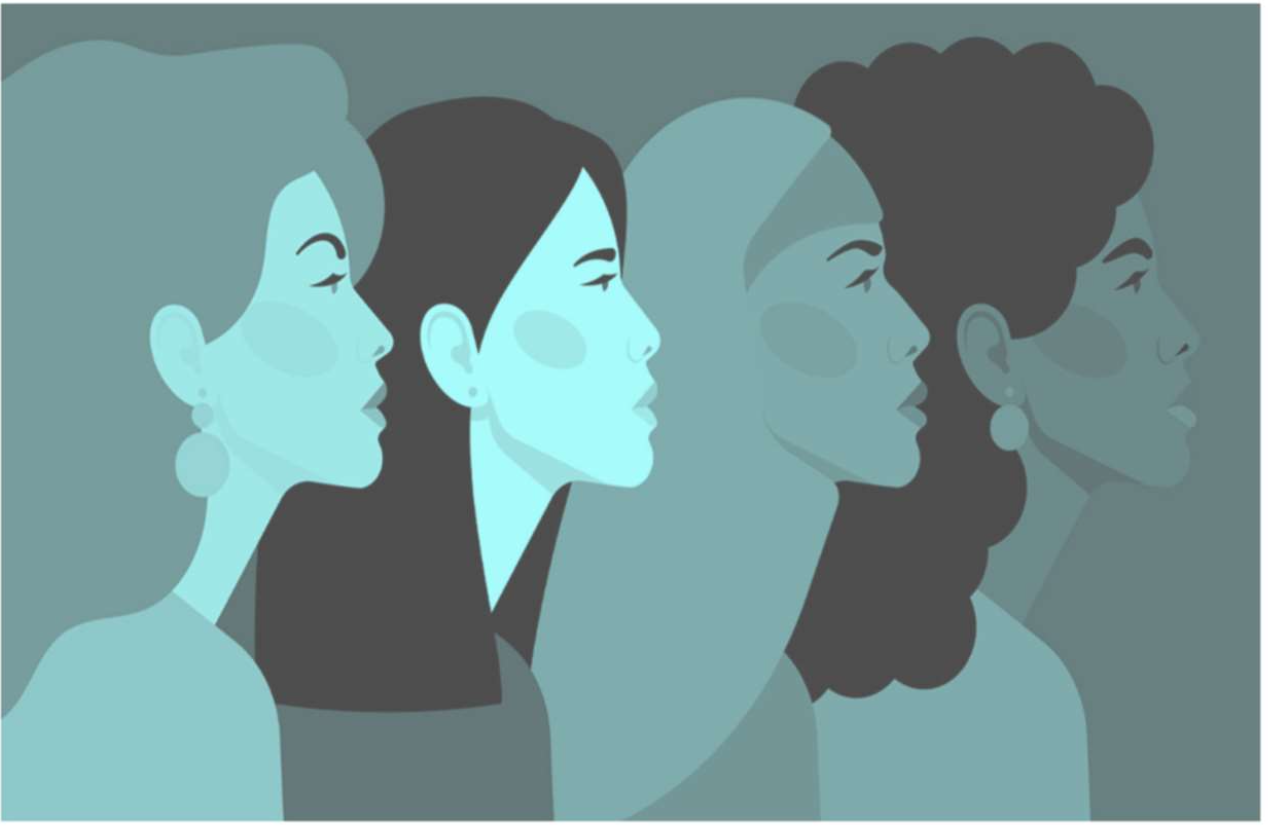Washington, D.C.—
New research
from the
Institute for Women’s Policy Research
(IWPR) shows that it will take until 2056 for women and men’s earnings to reach pay parity—if the wage gap continues to close at the same pace it has for the last fifty years. On March 8, 2011, the hundredth anniversary of International Women’s Day, women will have made great gains in terms of education and employment, but the gender wage gap continues to reflect women’s lower earnings compared with men.
“The labor market has changed dramatically during the last few decades,” said Heidi Hartmann, President of IWPR. “Women’s labor force participation has shot up and women are receiving college degrees and graduate degrees at faster rates than men, yet the gender wage gap is improving very slowly.”
Overall, the ratio of women’s to men’s annual median earnings remained flat at 77 percent in both 2008 and 2009, after achieving an all-time peak of 78 percent in 2007. In 1961, on the fiftieth anniversary of International Women’s Day, the gender wage gap was 59 percent, with dramatic improvements during the 1980s, from 60 percent in 1980 to 69 percent by 1989. But improvement since then has been slow.
“On March 8, we are celebrating the one-hundredth anniversary of International Women’s Day, but looking at the persistent gender wage gap makes the occasion sobering,” said Ariane Hegewisch, Study Director with IWPR.
“Women’s lower earnings relative to men mean that their families have lower incomes than if there were no wage gap,” said Jeffrey Hayes, Ph.D., Senior Research Associate at IWPR. “Women have less money to save for the future, and their Social Security will reflect their lower earnings after they retire.”
Hayes projected the future change in the wage ratio forward, based on the past 50 years of data on women’s and men’s median annual earnings for full-time, year-round work, available from the U.S. Census Bureau.
Women’s Median Earnings as a Percent of Men’s Median Earnings, 1960–2009 (Full-Time, Year-Round Workers) with Projection for Pay Equity in 2056.

Source: IWPR projection of future wage growth based on a regression model using data for
1960-2009 from DeNavas-Walt, Carmen, Bernadette D. Proctor, and Jessica C. Smith, 2010. U.S. Census Bureau, Current Population Reports, P60-238,
Income, Poverty, and Health Insurance Coverage in the United States: 2009
, Table A-4.
The Institute for Women’s Policy Research
(IWPR) conducts rigorous research and disseminates its findings to address the needs of women and their families, promote public dialogue, and strengthen communities and societies. IWPR is a 501(c)(3) tax-exempt organization that also works in affiliation with the women’s studies and public policy programs at George Washington University.
-END-


